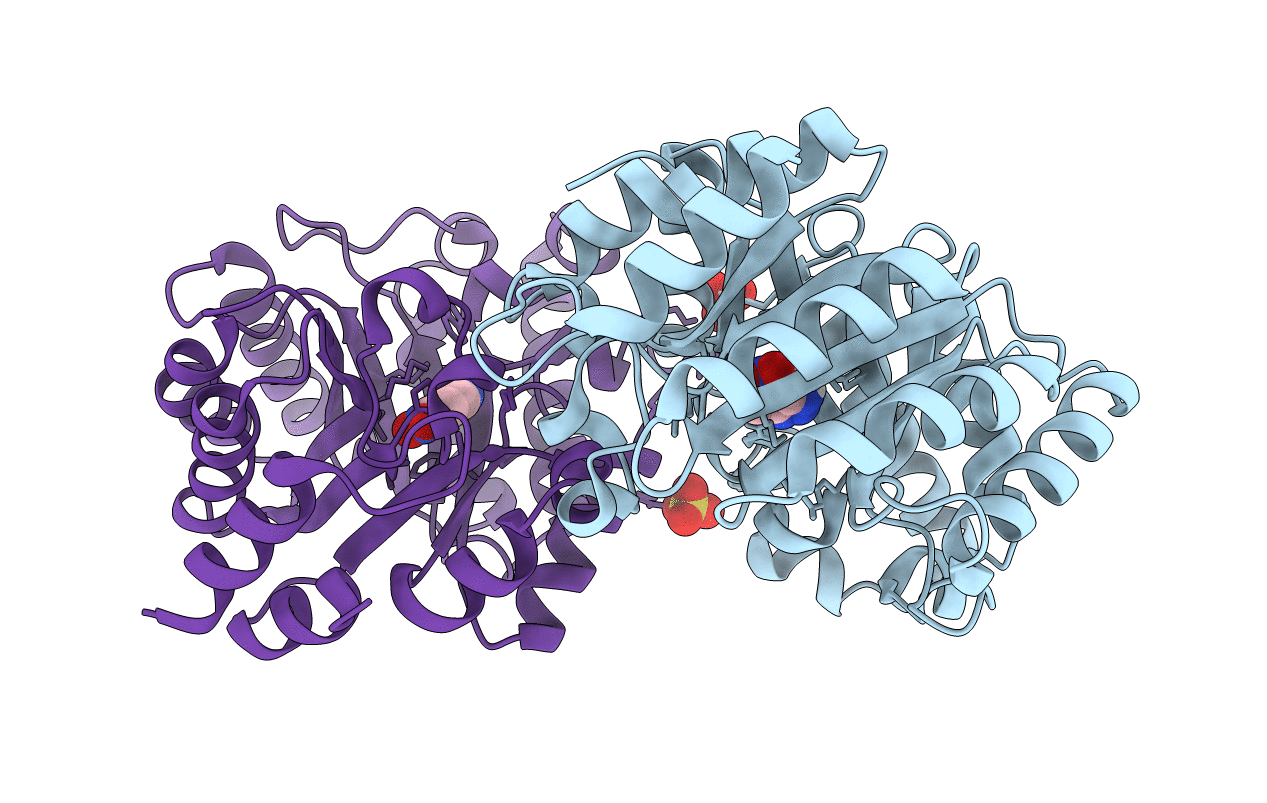
Deposition Date
2020-03-19
Release Date
2020-07-22
Last Version Date
2024-03-06
Entry Detail
PDB ID:
5RGF
Keywords:
Title:
Crystal Structure of Kemp Eliminase HG4 with bound transition state analogue, 277K
Biological Source:
Source Organism:
Thermoascus aurantiacus (Taxon ID: 5087)
Host Organism:
Method Details:
Experimental Method:
Resolution:
1.46 Å
R-Value Free:
0.14
R-Value Work:
0.13
Space Group:
P 21 21 21


